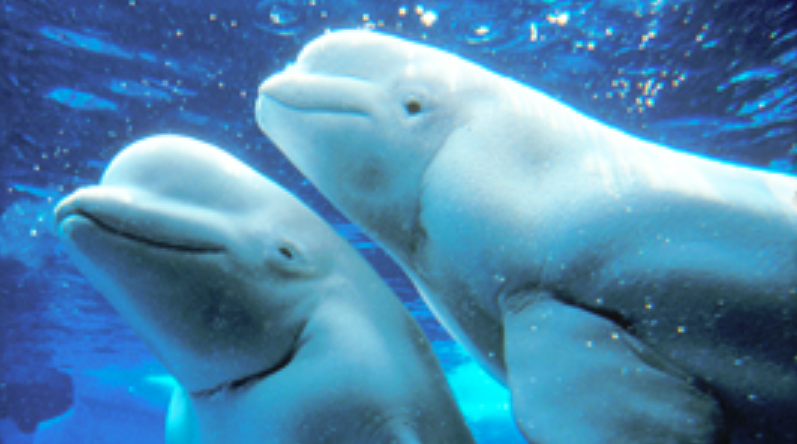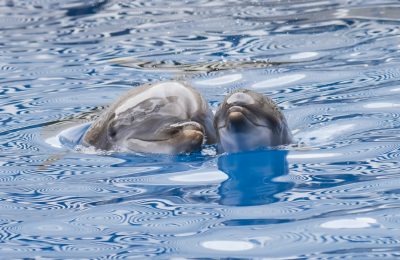
In 2016, the National Aquarium in Baltimore (NAIB) announced plans to build a “sanctuary” for its dolphins by 2020. NAIB has yet to select a location. It has reportedly rejected over 50 sites because the animals’ safety could be jeopardized by storms and/or algae blooms. Infectious disease is another issue; marine mammals in human care are protected from illnesses to which they could be exposed in the wild.
The Sea Life Trust announced in 2018 that it would create the world’s first “sanctuary” for two beluga whales in partnership with Whale and Dolphin Conservation. The animals were recently transported to the new facility in Iceland from Changfeng Ocean World in Shanghai, China. The Trust was founded by Merlin Entertainments’ Sea Life Centres, a chain of attractions that includes Ocean World, and a donation from Merlin.
Calling these facilities “sanctuaries” is a misnomer.
The Global Federation of Animal Sanctuaries certifies sanctuaries throughout the world, defining them as a “safe haven for animals in need for any amount of time and follows the principles of a true sanctuary,” citing specifically those that have been abandoned, abused, or injured. Similarly, dictionaries define them as “a tract of land where birds and wildlife, especially those hunted for sport, can breed and take refuge in safety from hunters” (Dictionary.com); “a place where injured or unwanted animals…are cared for” (MacMillan Dictionary); and “a reservation where animals or birds are sheltered for breeding purposes and may not be hunted or trapped” (Collins English Dictionary).
Whales and dolphins in the wild suffer from deadly pollution, fishing gear entanglement, underwater noise, boat strikes, oil spills, and lack of prey. Numbers of species and populations are listed as endangered or threatened. They are in need. Consistent with these definitions, facilities for conservation breeding in an effort to save these species and populations from extinction are sanctuaries.
Government marine sanctuaries also fit these definitions. They are designated areas of our oceans and seas throughout the world with limits on human activities to protect marine life. Restrictions often include bans on commercial fishing and specific recreational activities.
The NAIB and Sea Life Trust sea pens do not and will not fit these definitions. These are not animals in need. These are not belugas or dolphins from populations deemed by the International Union for Conservation of Nature as endangered or critically endangered and likely to become extinct. And, surely, if NAIB’s animals were in need, the aquarium could have quickly placed them in an accredited facility.
Some media have described these facilities as retirement homes. That description appears apt but these animals are not old. Yes, the animals are being retired…some for decades.
These facilities will include visitor centers and guests will pay for “limited and discreet viewing” to help off-set long term costs. But unlike aquariums and zoos, only a small number of people will have the opportunity to visit these majestic creatures. There will be a limited audience to educate about the many challenges facing marine mammals in our oceans and seas. There will be a limited audience with whom to deepen the human-animal bond so essential for public support of conservation efforts. Nothing replicates the indescribable experience of seeing these animals up close and in person, which motivates our children to become passionate wildlife advocates and conservationists.
Aquariums and zoos are caring environments in which these animals thrive, living as long or longer than those in the wild. Environments in which veterinarians ensure their health and welfare and caregivers provide behavioral enrichment and mental stimulation. Environments in which the animals participate in research studies that contribute to conservation and the health of the species.
With breeding forbidden in these so-called “sanctuaries,” two belugas and six dolphins will sadly endure the disintegration of their social structure as their friends and family members die. The animals will face lonely deaths. And, then, there will be one.
Let’s have empathy and compassion for these precious animals, but let’s be honest. The Sea Life Trust and the planned NAIB facility are not “sanctuaries.”
Marilee Menard
Former Executive Director
Alliance of Marine Mammal Parks and Aquariums



